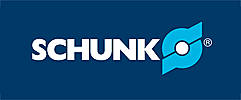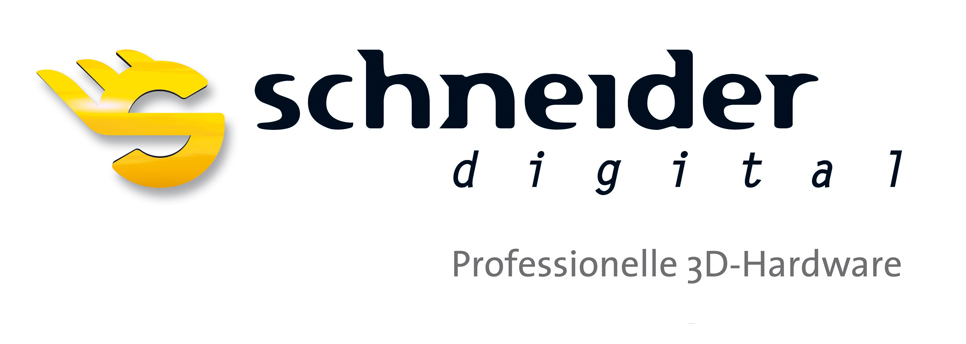JPL Robotics Technology Directions for Infusion
into Space Exploration Missions
The Jet Propulsion Laboratory has a diverse set of robotics activities spanning spaceflight implementation to terrestrial prototype development. Of particular importance is the recent completion of hardware preparation for launch of the Mars Science Laboratory (MSL), where manipulator integration and control has been led by robotic personnel. Additionally, software refinement of controls for manipulation and surface mobility is ongoing through landing on Mars next year. At that time, operations personnel will again have two rovers to control, as MSL’s Curiosity rover explores Gale Crater and the Mars Exploration Rover, Opportunity, continues to explore Endeavour Crater, where it recently arrived to open a new chapter in its mission. Even as these exciting events unfold, preparations are beginning with European partners for future Mars opportunities.
Motivated by these ongoing flight projects, JPL Robotics has a spectrum of NASA and other research activities developing technology to enable future missions. Closely related to NASA mission concepts are research in: rock coring and caching for planetary surfaces, manipulation for unconsolidated regolith and ice acquisition for moons and primitive bodies, buoyant platform materials and controls technology for aerial explorers, steep terrain access rover designs, and modeling and simulation of these and other systems. Additionally, non-NASA robotics research at JPL is exploring topics such as improved computer vision in unstructured environments for obstacle detection, terrain classification, shape determination, and position estimation, from wheeled, legged, aerial, and boat platforms. Future mission concepts are under development to leverage these technologies and add them to proven ones to enable scientific exploration as called for in the recent Planetary Science Decadal Survey.





















